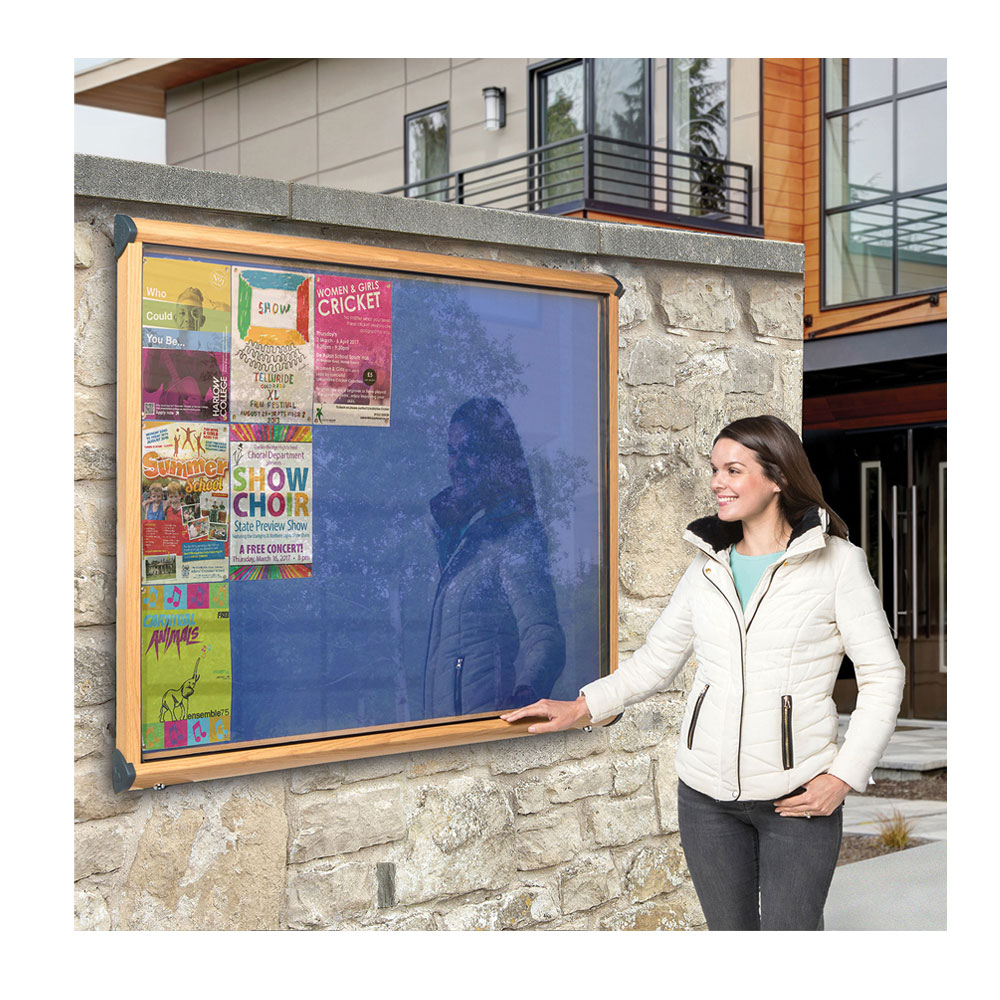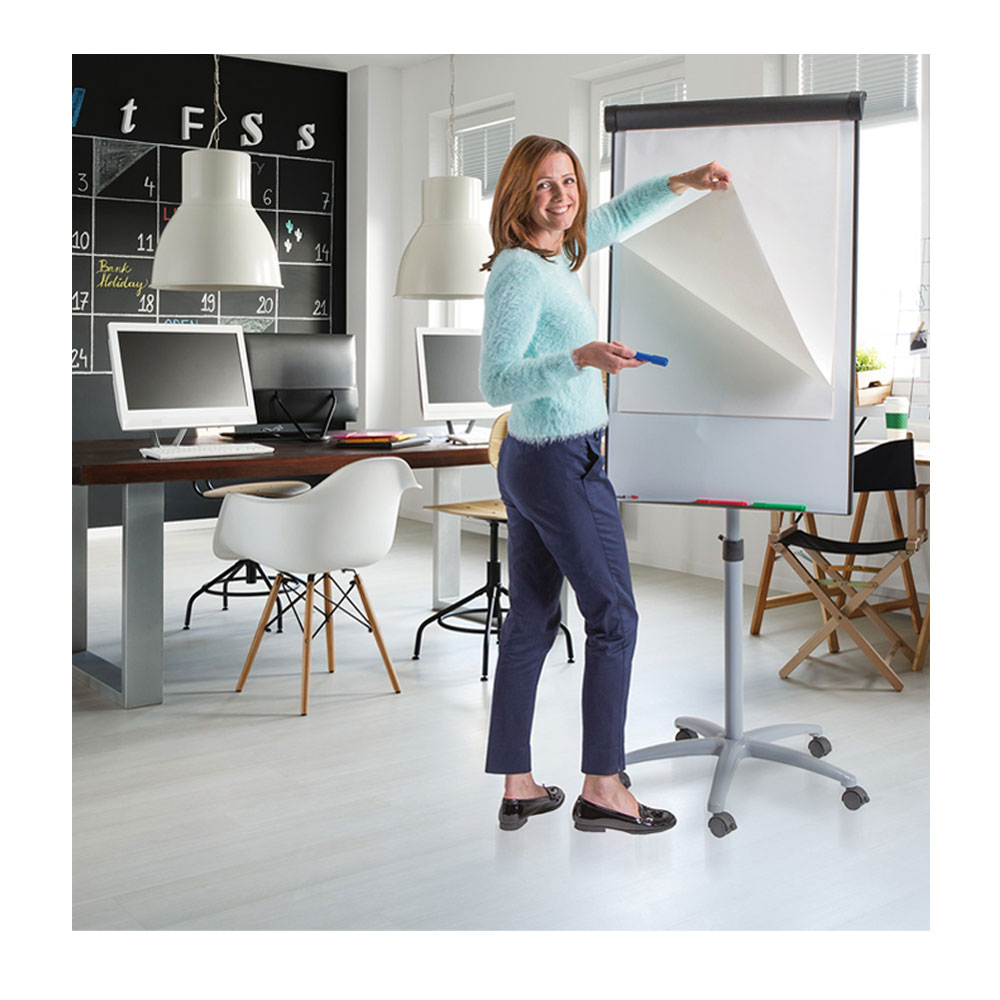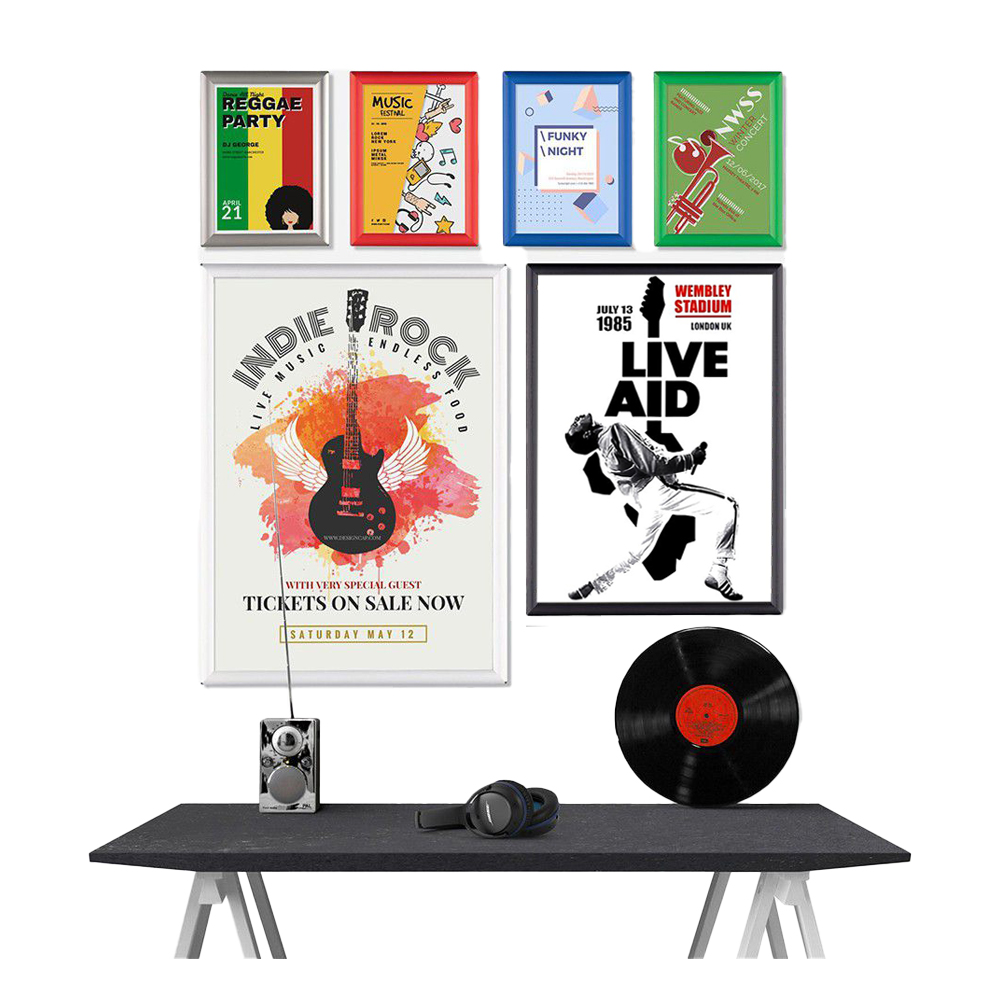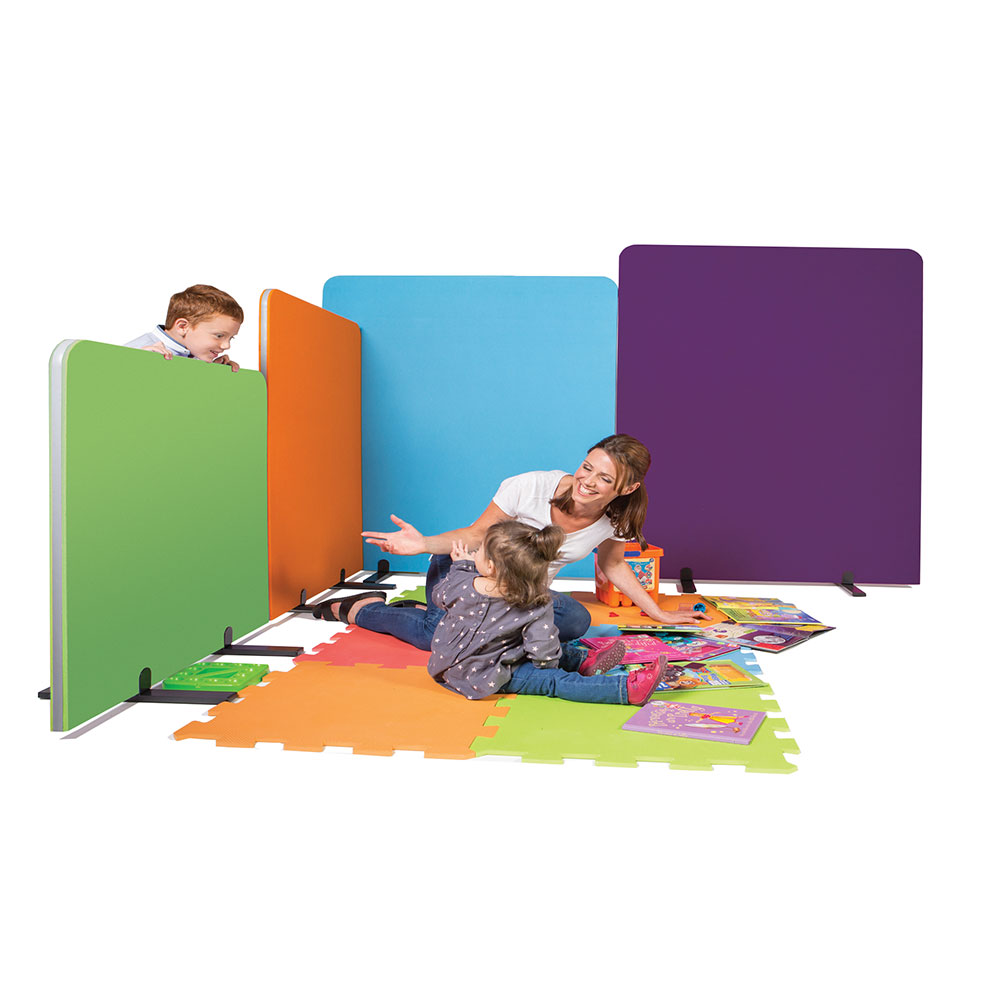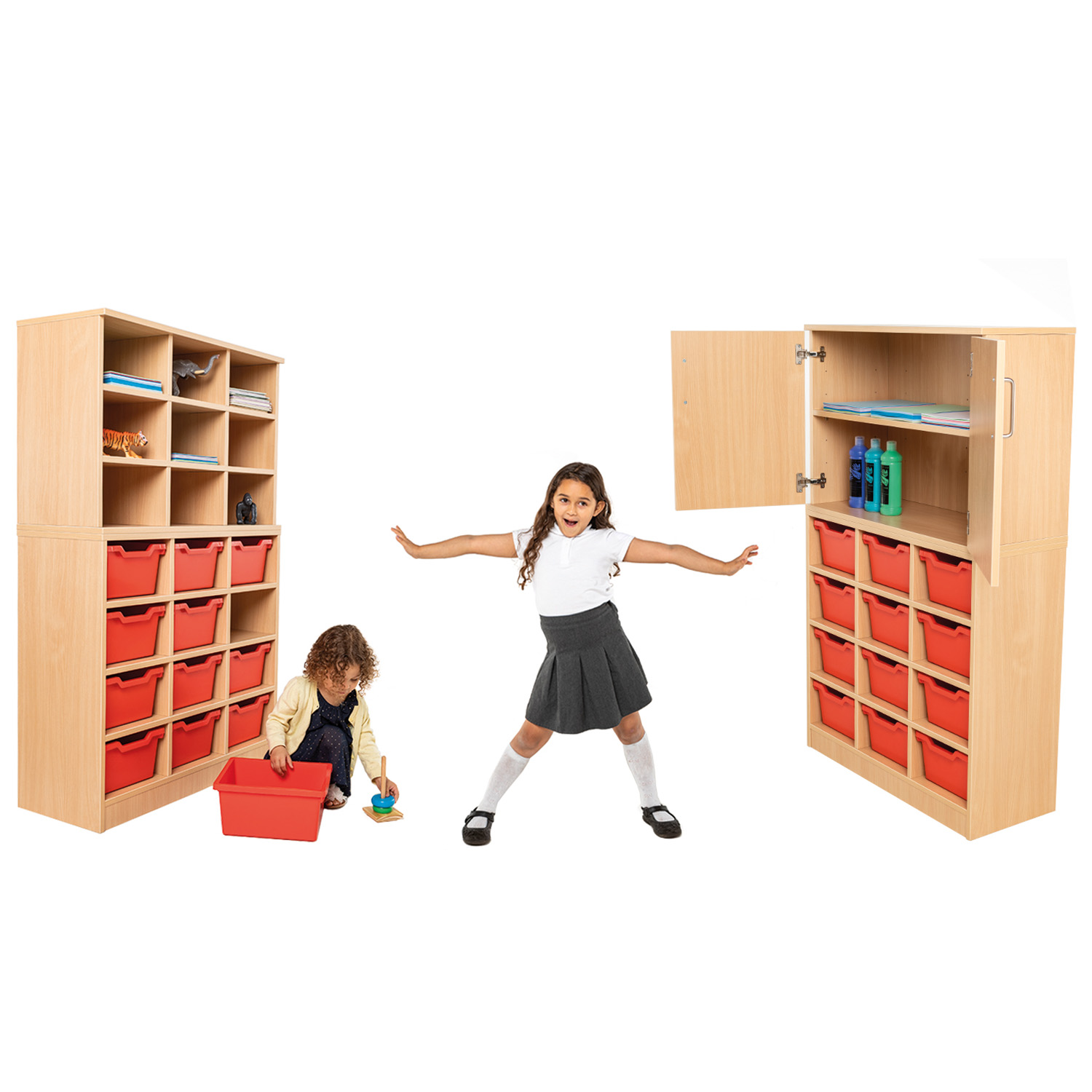The Importance of Classroom Design at Primary School
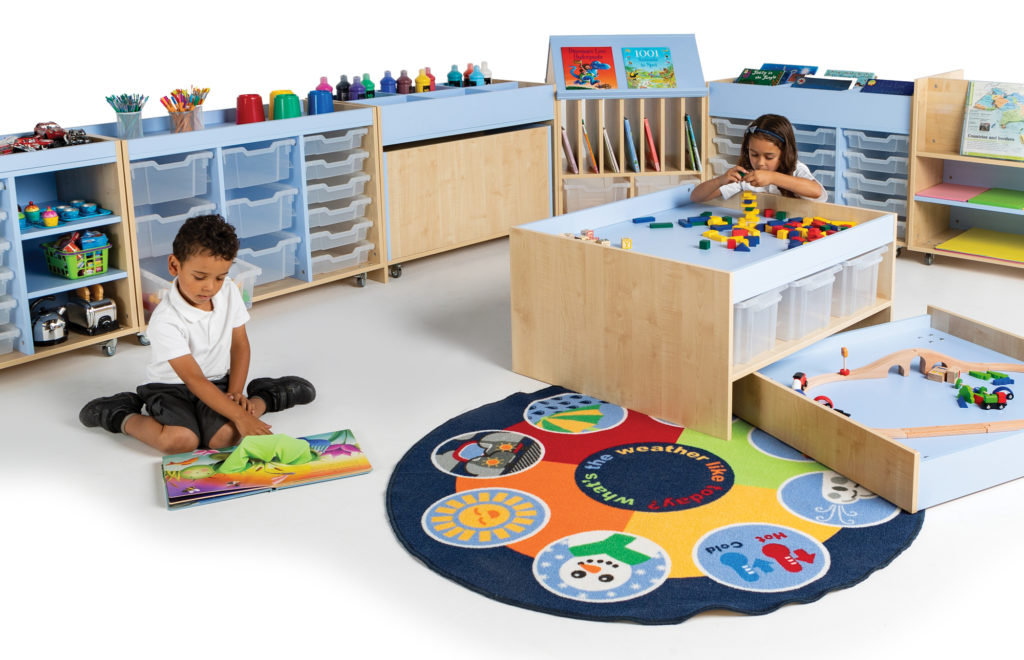
In comparison with the familiar nursery routine, beginning school is often an apprehensive experience for many children. And with the ramifications of COVID weighing heavily on our minds, allowing for a smooth transition is ever more important.
With this in mind, we must go back to basics and consider the spaces in which children learn, and how this can be best manipulated in their favour.
“Well designed classrooms can boost learning progress in reading, writing and maths up to 16 per cent in a single year” according to Professor Peter Barrett at Salford University. To ease this shift into a formal school setting, there are small practical changes that can be made that will drastically incentify children’s learning within the classroom.
The effect classroom flexibility has on children’s learning
There has been a documented shift of classroom learning styles over the years, from a predominantly teacher-focussed space; to a more pupil-focussed one, with the aim of incorporating independent, partner and collaborative learning.
This is further supported by the study led by Prof. Barrett spanning 30 schools and over 150 classrooms across the UK, reporting that 73% of students’ progress could be directly related to the flexibility of learning spaces.
This is further supported by the study led by Prof. Barrett spanning 30 schools and over 150 classrooms across the UK, reporting that 73% of students’ progress could be directly related to the flexibility of learning spaces.
Flexibility reflects how well the classroom is adapted for a pupils age. This is especially pertinent in the lower key stage environments with a more fluid structure, requiring the ability to mould the environment to support the task at hand. This could take the form of designated areas for different learning activities, or selective furniture that can be mobilised when required.
Wonderwall’s range of slimline furniture caters specifically to this demand; providing ample storage required for classroom activities, without compromising on space.
Wonderwall’s range of slimline furniture caters specifically to this demand; providing ample storage required for classroom activities, without compromising on space.
The effect ownership within the classroom has on learning
Ownership and flexibility in a classroom go hand in hand, creating a perfect equilibrium to pave the way for childrens’ academic success. Ownership in this instance reflects how well the classroom has been adapted for the use of each child as an individual.
It could take the form of pegs or trays and work displayed on the walls, in turn creating a child-centred environment. This sense of responsibility gives a child a heightened sense of self-worth, in turn boosting morale and therefore higher engagement and productivity within the classroom.
This is easily achieved with the Tray Storage Units by Wonderwall, providing each child with their own private space to return to.
It could take the form of pegs or trays and work displayed on the walls, in turn creating a child-centred environment. This sense of responsibility gives a child a heightened sense of self-worth, in turn boosting morale and therefore higher engagement and productivity within the classroom.
This is easily achieved with the Tray Storage Units by Wonderwall, providing each child with their own private space to return to.
How comfort levels impact a child’s learning
Aside from the layout of the classroom itself, it is also worth mentioning as a side note the importance of regulated external factors for optimum learning of each pupil. These include lighting levels, acoustics, learning temperatures, air quality levels, and also the connection to nature.
Lighting for example should take the form of natural light where possible, with large windows and high-quality electrical lighting in place for the notoriously dreary English weather. Temperature is also a key variable, with 18°C recorded as the most optimal condition for high student engagement.
Lighting for example should take the form of natural light where possible, with large windows and high-quality electrical lighting in place for the notoriously dreary English weather. Temperature is also a key variable, with 18°C recorded as the most optimal condition for high student engagement.
The impact of COVID
COVID has created a lasting imprint on our lives. And with the return to the classroom looming and the onset of the sombre autumn weather on the horizon, it is increasingly important to get the in-school dynamic right as the new wave of “first-timers” arrive at the school gates.
To keep spirits high and brains waves flying, apply the guidelines stated above to your environment and sit back and watch the world unfold.
To keep spirits high and brains waves flying, apply the guidelines stated above to your environment and sit back and watch the world unfold.
